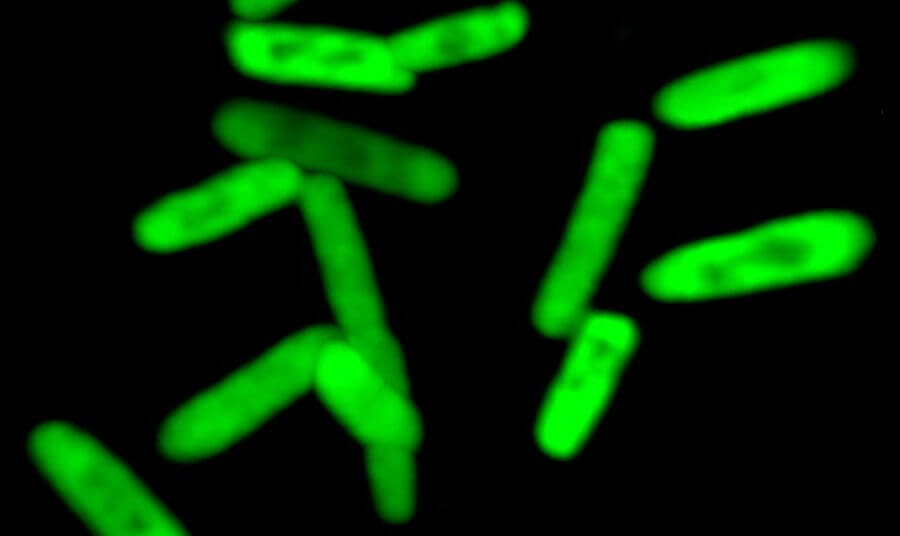
All biological life on planet Earth is based on four nucleic acid (nitrogenous) bases of DNA: A, T, C and G (adenine, cytosine, thymine and guanine). But what if man will be able to create a new artificial nucleic acid bases and sew them into the DNA of an organism? Researchers from the research Institute of Scripps was able to pull off such a stunt. Two scientists have created completely new nucleic acid bases and created on the basis of this “unnatural” DNA the first ever semi-synthetic bacterium.
For several years, researchers from the Scripps worked to create a stable living organism with artificial pairs of DNA bases. They created an artificial nitrogenous base received simple names “X” and “Y” so that artificial DNA can now include the six building elements: A, T, C, G, X and a Y. Scientists have integrated new elements into the DNA of the bacteria Escherichia coli (Escherichia coli), thereby creating the first strain of semi-synthetic organisms. During the experiments, the researchers came to the conclusion that their stable semi-synthetic bacteria are not only able to grow and divide, but also to transfer of synthetic nucleic acid bases “X” and “Y” to the new generations, a completely natural way.
The next stage of research was to get bacteria to generate brand new molecules using extracted nucleic acid bases. All organisms produce proteins from strands of amino acids, using the basic four-letter “DNA alphabet”. The life that we know, based on the 20 standard amino acids. But adding to the “alphabet” of only two new letters, scientists have found the body capable of generating up to 152 completely new amino acids. All this means only one thing: the semi-synthetic bacteria are able to create new molecules, which hypothetically could be based on, for example, new drugs and so on.
To illustrate this feature clearly semi-synthetic organisms, scientists made the bacteria to produce a special fluorescent protein, glow in the dark (you can see it in the photo just above). This protein was the first artificial molecule ever created a semi-synthetic organism. To evaluate the potential of this scientific breakthrough is still very difficult. Today, scientists are still experimenting with changes in the expression of existing genes with the help of special mechanisms of gene editing. Now, researchers will be able to get their hands on a much more impressive mechanism for creating completely new life forms and new molecules. The results of the study you can read in the journal Nature.
Created the first semi-synthetic bacteria with synthetic DNA
Sergey Grey